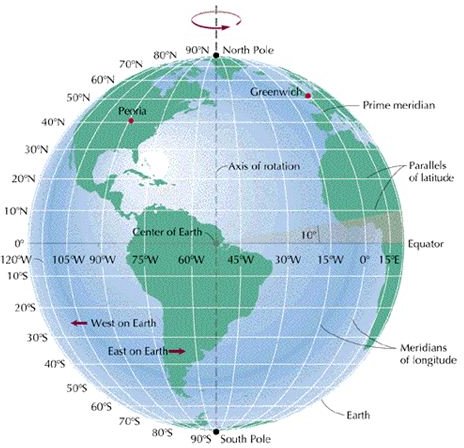You're back to not responding to arguments, Dave. Repeating your position doesn't count as a substantive response.
I am not avoiding anything! Remember this...
Effect of atmospheric refraction
If the Earth were an airless world like the Moon, the above calculations would be accurate. However, Earth has an atmosphere of air, whose density and refractive index vary considerably depending on the temperature and pressure. This makes the air refract light to varying extents, affecting the appearance of the horizon. Usually, the density of the air just above the surface of the Earth is greater than its density at greater altitudes. This makes its refractive index greater near the surface than higher, which causes light that is travelling roughly horizontally to be refracted downward. This makes the actual distance to the horizon greater than the distance calculated with geometrical formulas. With standard atmospheric conditions, the difference is about 8%. This changes the factor of 3.57, in the metric formulas used above, to about 3.86. This correction can be, and often is, applied as a fairly good approximation when conditions are close to standard. When conditions are unusual, this approximation fails. Refraction is strongly affected by temperature gradients, which can vary considerably from day to day, especially over water. In extreme cases, usually in springtime, when warm air overlies cold water, refraction can allow light to follow the Earth's surface for hundreds of kilometres. Opposite conditions occur, for example, in deserts, where the surface is very hot, so hot, low-density air is below cooler air. This causes light to be refracted upward, causing mirage effects that make the concept of the horizon somewhat meaningless. Calculated values for the effects of refraction under unusual conditions are therefore only approximate. Nevertheless, attempts have been made to calculate them more accurately than the simple approximation described above. Horizon - Wikipedia Emphasis added
So the fact that we can see it from 60 miles does not prove of a flat Earth, in fact it is quite entirely the opposite. All the rest of your post was nonsense. On a flat Earth, the only reason anything would vanish on the horizon at all is because of the resolution of our eyes. It would be purely a function of distance. There would be no reason that the bottom half of a building would disapear faster than the top half. The only way for that to happen is if something is blocking our view of the bottom half of the building. What could that possibly be across 60 miles of water? On a flat Earth the horizon line comes up to our eye level but that doesn't mean the ground isn't the horizon! It doesn't mean that anything sitting on the ground would sink below ground level! All it would do is simply get further and further away, getting smaller and smaller in our field of view until it was below our eyes resolution at which point we would need lenses of some sort to see it. And something as large as a nation or continent would never become so small that we couldn't resolve it until is was many times further away than even flat Earth folks believe the Earth to be.
Lastly, I notice that you're claiming that all the footage we have of space and related things are all faked. That isn't possible, Dave. They didn't have digital SGI and other hi-fidelity special FX technologies in the sixties and seventies. The movies that got Oscar Awards for best special FX didn't come close to the detail and realism that we see in the rocket launches and Sky Lab footage and other Nasa films. Not even remotely close.
Clete
There is no dispute that the Chicago sky line is visible from Michigan across Lake Michigan which is about 60 miles away.
There is no dispute that the very bottom is not visible.
There is no dispute that the sky line, with the tallest building being 1,450 ft. tall would not be visible form said point based on a curved drop of 2,400 ft.
Logical conclusion: There is no curvature, the missing bottom is due to distance or some other reason other than curvature.
View attachment 25243
The weather man in Chicago said what people in Michigan are seeing is a "mirage", because the sky line is to far over the curvature of the earth to be visible. There is a picture of a "superior mirage" of the skyline that shows the skyline upside down. The upside down image is the result of the "refraction" of light that produces a mirage. The actual, right side up, skyline is also in the picture.
The right side up sky line that can be seen every clear day is not a mirage, is not a refracted image, it is the actual sky line. It is not 24,000 feet below the viewers from the water front in Michigan.
This is evidence that cannot be refuted by refraction. A refraction of light causes a superior, upside down, mirage to appear directly over the actual object. Both object and mirage are visible, the object is not hidden behind a curved earth.
Nothing I have read about refraction says that all distant things are refracted images. So for me, and many others, saying "refraction always makes us see what we other wise cannot see" to justify curvature is false, a special pleading fallacy.
--Dave


